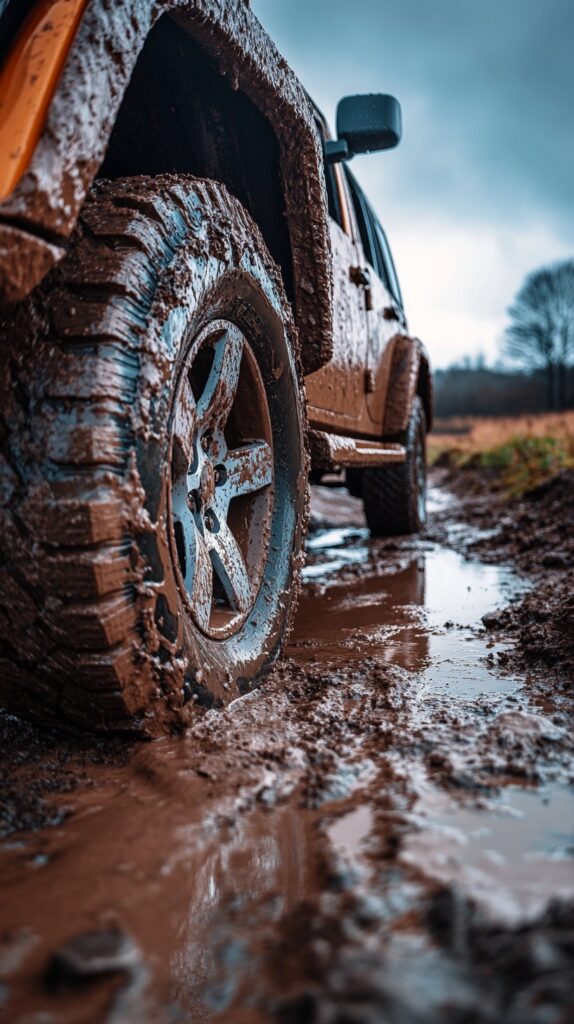
Why You Should Choose Wisely
We’ve all encountered that one person who proudly claims to conquer every trail in two-wheel high. But at what cost?
I firmly believe in switching to four-wheel drive low the moment I hit the trail, and I do so for two compelling reasons: mechanical sympathy and trail preservation.
First, let’s talk about mechanical sympathy.
- Even load, Four-wheel drive low is significantly gentler on your drivetrain, it gears down the engine, running it at optimal RPM, and evenly distributes the load across all four wheels.
- Transmission cooling: Many automatic transmissions require higher RPMs to efficiently power the pump and cycle through the cooler; running in high gear can hinder this essential process, leading to strain on your vehicle, and overheating your transmission.
- Reduce strain: Navigating obstacles at lower speeds with reduced momentum and softer impacts is easier on your vehicle’s suspension and steering components.
When it comes to trail preservation, utilizing four-wheel drive low is the responsible choice for several reasons:
- Minimized Wheel Spin: Less spinning of tires prevents the formation of damaging holes in the terrain.
- Reduced Impact on Vegetation: The lower force applied by each tire helps protect delicate vegetation and root systems, preserving the natural beauty of the trail.
- Diminished Risk of Getting Stuck: By choosing low gear, you significantly reduce the chance of becoming stranded and creating further messes on the trail.
- Smoother Terrain: Slower speeds mean less debris is tossed away from the path, preventing the creation of unsightly ruts.
In conclusion, opting for four-wheel drive low not only enhances the longevity of your vehicle, but also promotes a smoother and more controlled driving experience and is a commitment to preserving our trails for the enjoyment of all. Choose wisely—your vehicle and the environment will thank you.
